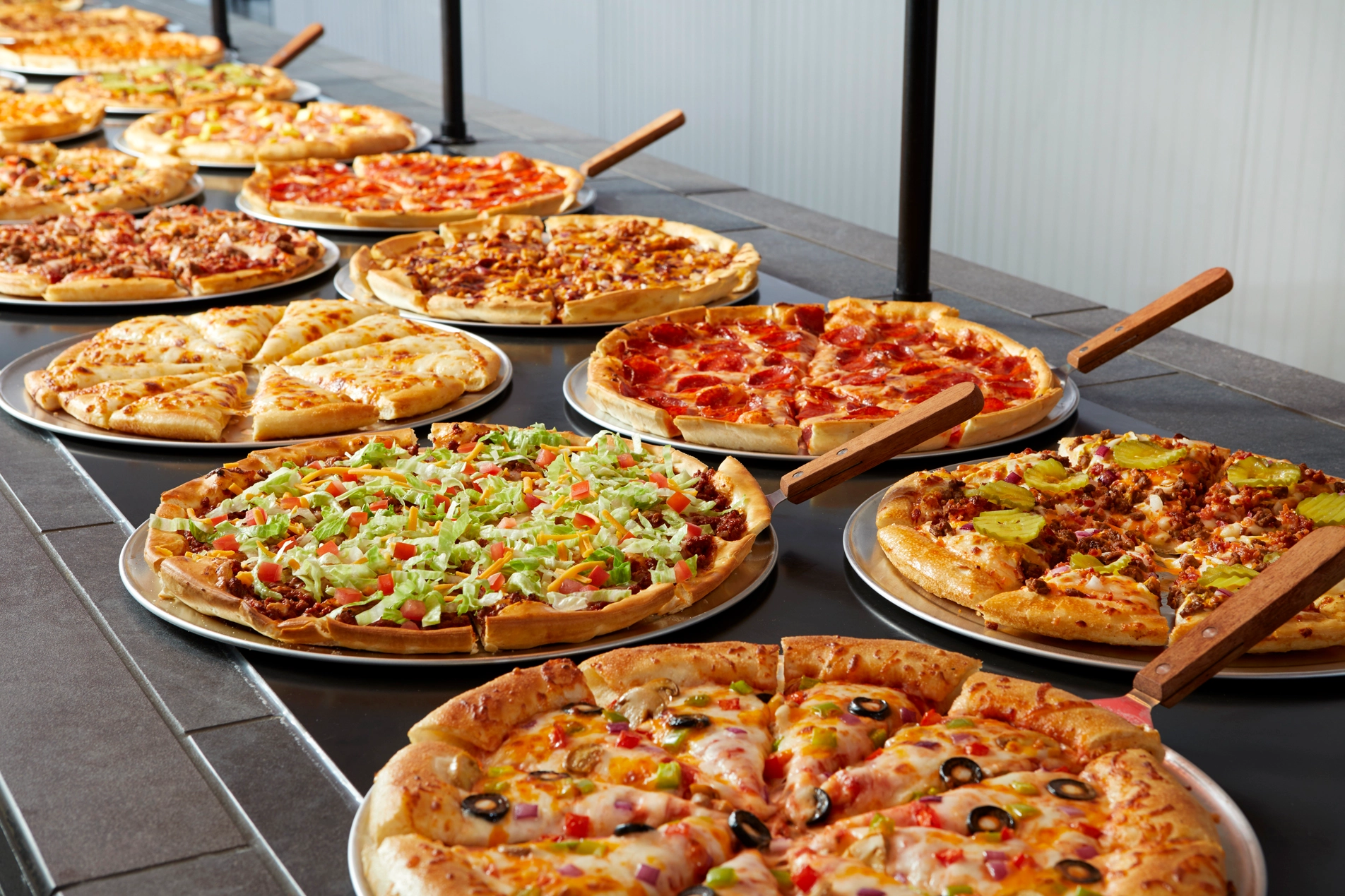Call Sales: +1 (833) 437-3835
Call Sales: +1 (833) 437-3835
Sydney Kida | April 17, 2023 |

Since King Umberto and Queen Margherita of Naples, Italy ordered the first recorded pizza delivery in 1889, innovation and pizza technology have gone hand-in-hand. In addition to some of the best food delivery, pizza places lead the charge with online ordering, self-service takeaway solutions, loyalty rewards programs and more. Here's what you need to know about pizza technology to ensure that you don't miss out on advantages it may be able to bring to your pizzeria.
Put simply, pizza is big business. This saucy, cheesy indulgence is beloved around the world, and an average of 350 slices of pizza are consumed every second by Americans alone. The product’s popularity alone makes it ripe for profit potential, and consequently, for tech innovation.
To remove limitations of delivery reach, online ordering is another way pizza brands have expanded their off-premises reach with technology.
In the sections below, we’ll explore these technology advancements in more detail.
Pizza has been delivered for most of its history, and as rideshare and delivery apps like DoorDash and UberEats add more delivery options than ever, the way that pizza is delivered has changed.
While the big chains still often use their own drivers, sometimes in addition to rideshare services, pizzerias have been able to cut costs by eliminating a designated delivery team and instead relying on rideshare apps for outsourced driver services. Most delivery orders are now made online, whether you're ordering from a big chain or the neighborhood pizzeria.
Another benefit of the third-party apps for pizzerias of every size is the marketing they offer. Hungry people already conditioned to visit these apps can use them both to order pizza online and to discover new restaurant options for ordering food. Of course, third-party delivery also takes a proverbial slice out of the profit pie, so increasingly pizza brands are turning to hybrid options—where delivery is offered both in house and through external providers—to reap the benefits and mitigate the challenges of both approaches.
Some brands have gone as far as virtual ordering through video games so that gamers never have to leave their digital worlds in order to place an order when it’s time to refuel their physical bodies. However, even for pizza brands keeping things more traditional, the most basic options for online ordering have vastly improved how the masses order pizza.
Consider for a moment the chaos that can take place in a pizzeria on a busy shift. Dough is flying, ovens are opening and closing, orders are coming in from every angle, delivery drivers are collecting boxes for their routes and guests are popping in to collect their own takeout orders or planning to dine in with friends and family. Add ringing phones to all of that activity, and it’s no wonder orders placed via inbound calls are more likely to contain errors.
It’s times like these in which online ordering saves the day. Guests input their own orders, so it’s far less likely that they’ll miss a crucial detail, such as holding meat on half of a large pie.
Payment information can also be entered and verified before an order is placed, resulting in a faster experience for the customer and confirmed revenue for your business.
Add advancements like re-ordering options that save and “remember” customer favorites, and the checkout process is faster than ever.
Not only that, but when a guest orders food online, confirmed orders route directly to the kitchen for preparation without lag time.
When orders are released from the confines of a restaurant’s physical footprint, more sales are possible. Dine-in pizzerias can serve more guests even when their tables are full—at least as long as the kitchen can keep up. As an added bonus, takeaway orders don’t require waitstaff, which means restaurants grappling with labor shortages can increase sales without having to increase personnel.
POS platforms with modern, cloud infrastructures make tech stacks easier than ever to customize. “Revel’s open API allows my team to develop online ordering, mobile payments, and customer loyalty programs that strengthen the company’s position in a very competitive marketplace,” says Isaiah Melendez, director of business development at Pizza Patrón.
Melendez gets right to the point—open API’s greatest benefit is the flexibility it enables so that, in an ever-changing market with high consumer expectations, pizza brands can quickly and easily make changes to their operations.
Pizzerias can streamline their restaurant ordering system even if they utilize multiple channels for order placement and fulfillment, such as online ordering, in-store dining and delivery. A system with an open API can integrate those disparate channels for a single view on a kitchen display system, for example, not to mention detailed reporting on the backend.
Technology is transforming the pizza industry. If you make pizza, regardless of the size of your shop, whether you operate from a virtual pizza kitchen or you have a chain with hundreds of pizzerias, it's time to look into pizza technology.
Pizza delivery apps that connect drivers (and even drones) to your delivery system, self-service and digital kitchen solutions to offset your staffing needs, and other pizza technology are going to make an impact on your pizzeria. Don’t miss out on these benefits! Invest in this technology as it develops.